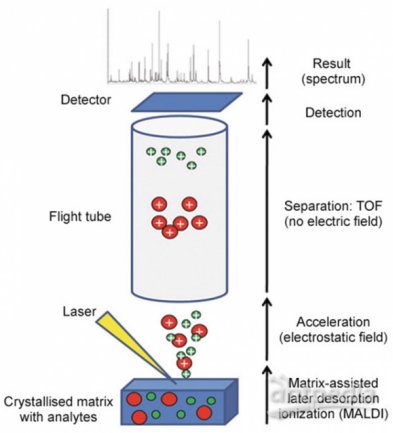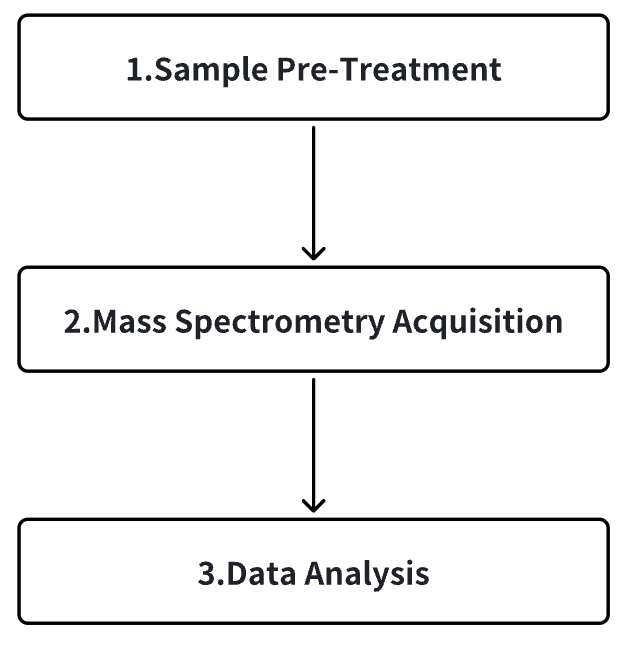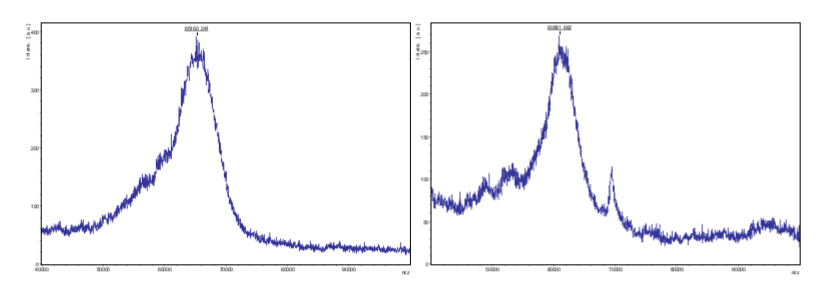MALDI TOF Molecular Weight Identification Service
Molecular weight, as a key characteristic parameter of proteins, is crucial for identifying specific proteins and conducting subsequent protein research activities. Therefore, accurately and effectively determining the molecular weight of proteins is particularly important. Currently, the common methods for identifying molecular weight include gel electrophoresis, MALDI-TOF, LC-MS, SEC-MALS, etc. The advantages of MALDI over other methods include short detection time, low consumption, low solvent requirements, and the ability to detect proteins containing complex glycosylation or PEG modifications.
MtoZ Biolabs offers specialized MALDI mass spectrometry services capable of accurately determining the molecular weights of proteins with larger molecular weights, as well as proteins with extensive modifications, including glycosylation and PEG modifications.
MALDI-TOF (Matrix-Assisted Laser Desorption/Ionization Time-of-Flight) is a soft ionization biological mass spectrometry in which protons are transferred to or obtained from biomolecules during ionization and the biomolecules are ionized. Ions are accelerated through the flight tube under the action of an electric field. According to the time of flight to the detector, the mass-charge ratio of the ions is directly proportional to the flight time of the ions, since the ion has a single charge, the result of molecular weight can be obtained without calculation.

Figure 1. Working Principle of MALDI-TOF
Analysis Workflow
1. Sample Pre-Treatment, Such as Reduction, Deglycosylation, Etc.
2. Centrifugation and Analysis
3. Data Processing
4. Compilation of Results and Report Generation

Figure 2. Working Process
Service Advantages
1. Fast, Accurate, High Sensitivity, and Wide Mass Range
2. Capable of Detecting Proteins with Complex Glycosylation and PEG Modifications
3. Relatively Low Solvent Requirements for Samples
Sample Results

Figure 3. MALDI Molecular Weight Results
Before Deglycosylation (Left) and After Deglycosylation (Right).
The horizontal axis represents m/z (mass-to-charge ratio), and the vertical axis represents signal intensity.
Sample Submission Requirements
1. Concentration Around 1 μg/μL, with a Sample Size of 10-20μg
2. Sample Types: Mixed Proteins, Glycosylated Proteins, PEGylated Proteins
Services at MtoZ Biolabs
1. Determination of Protein Molecular Weight, Signal Intensity and the Proportion of Different Proteins
Applications
1. Proteins with Larger Molecular Weights
2. Proteins Containing Complex Glycosylation
3. PEG-Modified Proteins
FAQ
Q1: What is the main difference between MALDI and high-resolution mass spectrometry for molecular weight determination?
MALDI produces singly charged ions, eliminating the need for deconvolution calculations.
Q2: What are the advantages of MALDI over high-resolution mass spectrometry for molecular weight determination?
MALDI has relatively lower solvent requirements and can detect proteins with complex glycosylation and PEG modifications.
How to order?







